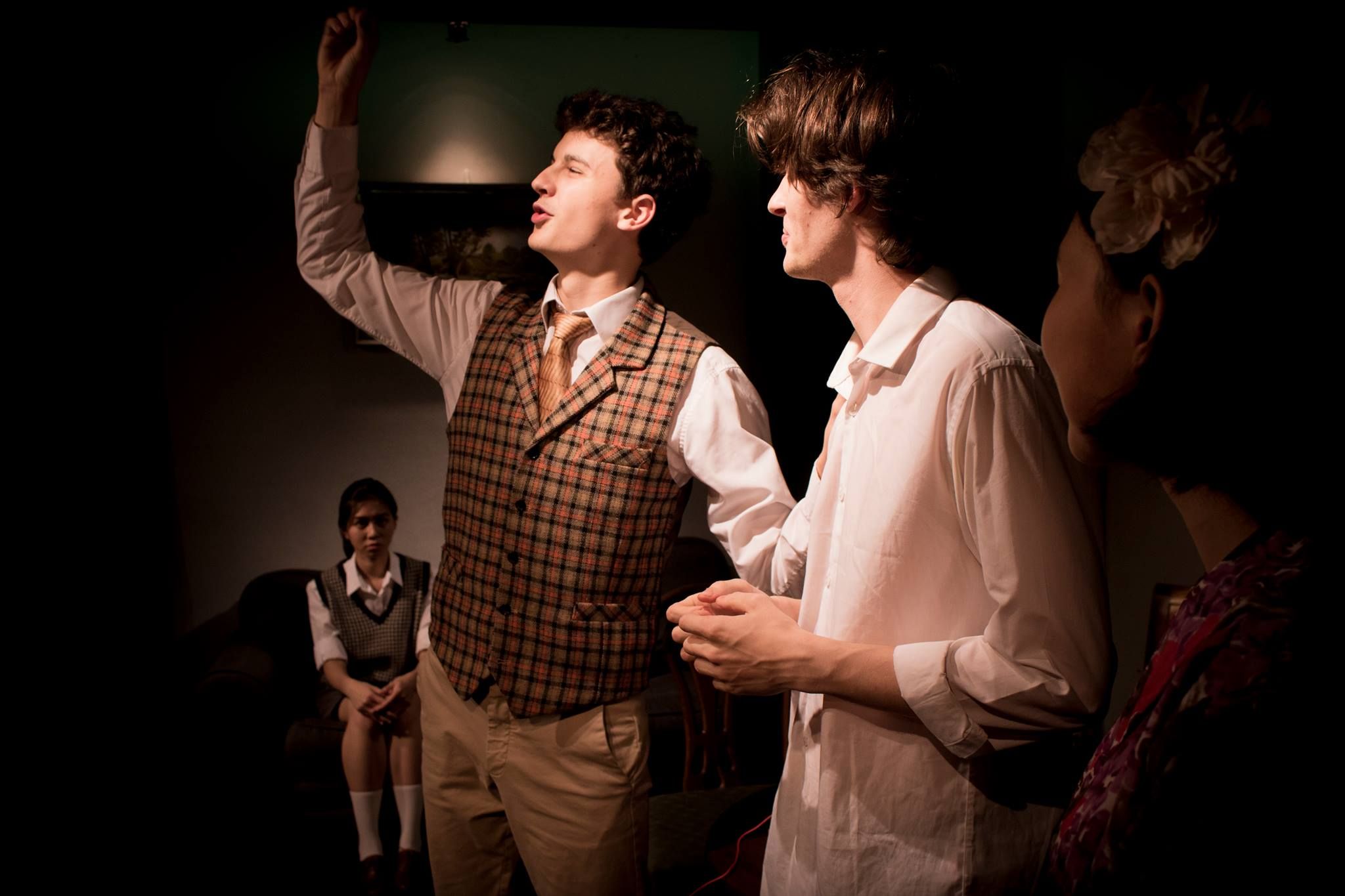
The Physicists review
Some outstanding acting, but the interpretation as a whole lacked conviction
The Physicists delves into the politics and hidden intrigues of life in a mental asylum, calling into question the nature of what is to be ‘insane’. We follow the narrative of three physicists imprisoned in an unnerving sanitorium, driven to commit acts of murder for mysterious and bizarre reasons, and nurses who serenely declare that such things are to be expected from the mentally insane. But most chilling is the sanatorium owner, Doctor von Zahnd’s declaration, 'It’s I who decides who my patients think they are. I know them far better than they know themselves.’
Though off to a somewhat unsteady start with overly fast-paced dialogue which left the audience a little perplexed, the play began to draw its audience in with the jarring investigation of a murder scene. The actors became more at ease as the play progressed, and there were several standout moments across cast, with particular strengths in multi-roling and comic moments. Annabelle Haworth (playing Einstein), Sophia Sheera (Newton), and Henry Phillips (Mobius) undeniably carried the show, in their nuanced depictions of the idiosyncrasies of volatility in the ‘insane’. Credits are also due to Maya Achan, whose interpretation of Monika, a nurse enamoured by Mobius, impressively avoided cliché and offered a very moving depiction of what otherwise could have been a more marginal role.

Credits to Thomas Warwick
The central issue of this production was the tension between the naturalistic depictions of believable roles and the somewhat more ham characters (which are also very well played) in terms of the intended tone of the play, which rests at an uneasy balance between a sense of undefined menace and humour. Of course, this is one of the challenges of such a difficult play, and credit is due to the director for maintaining both aspects, but there could have been more emphasis on the sinister clinical atmosphere of the asylum to fully do justice to the premise.
This could have been enhanced more with the lighting and music, which were certainly very effective in places (the chilling violin motif and the spotlighting of the final monologues being hair-raising moments), but the artistic license could afford to be pushed even further to heighten the anticipation and trepidation, hence increasing the impact of the plot twists at the end.

Credits to Thomas Warwick
The set design made resourceful use of Corpus’s small stage, skilfully dividing it up into different areas of the asylum. There was a slight issue with the positioning of some of the chairs and blocking, however, as one side of the audience’s view was frequently obstructed. This generally did not detract from the play as a whole, but it was a shame to lose some of the acting.
Ultimately, the final scene was very effective, bringing the spinning intricate plot lines to a compelling breakdown and leaving the audience shaken by Phillips’s chilling line, ‘only in the madhouse can we be free, only in the madhouse can we think our own thoughts’.
This was an ambitious attempt at dealing with a difficult play in an understated manner, but it could have benefitted from a bolder approach.
3 stars









































